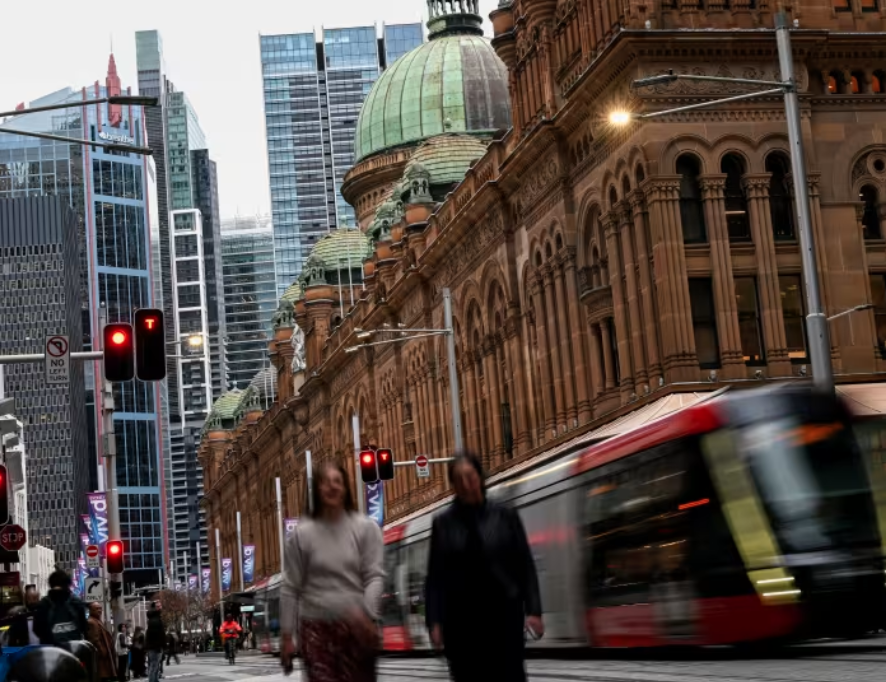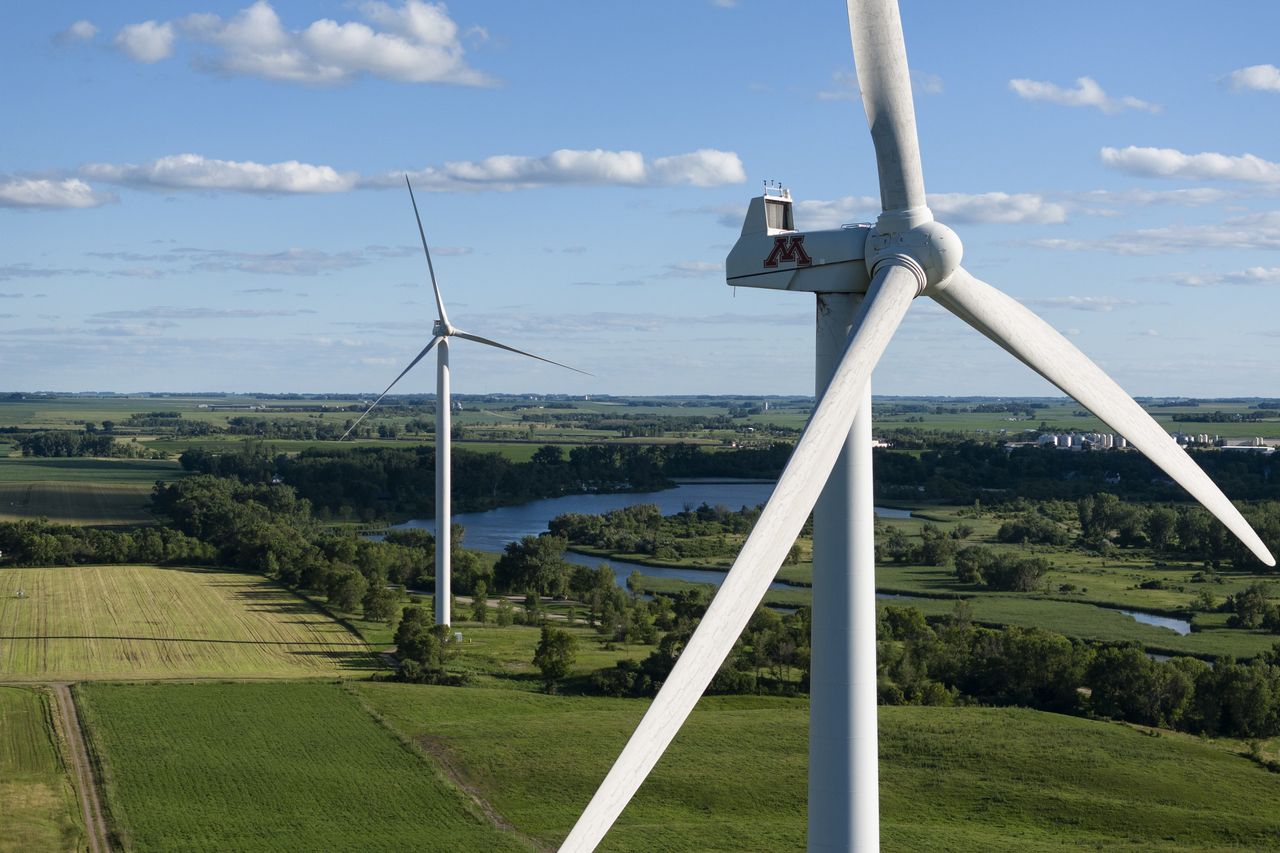The unexpected reasons Australians are retiring earlier than planned
A new report reveals 710,000 workers plan to retire over the next five years
Australia has a community of 4.2 million retirees, with another 710,000 intending to retire over the next five years and 226,000 of them planning to do so over the next two years, according to the Australian Bureau of Statistics (ABS). One of the biggest generations in Australia’s history – the baby boomers – is in the midst of its retirement years today. The baby boom began after WWII, with boomers being born between 1945 and 1964, making the youngest of this group 60 years old today.
The average age at which today’s workers intend to retire is 65.4 years. However, the long-term historical average is more than eight years earlier, with the average age at which existing retirees left the workforce being 56.9 years. People working in agriculture, forestry and fishing have the latest intended retirement age of 68.3 years. This is followed by workers in property at 67.1 years and manufacturing at 66.1 years. Workers in the mining sector have the earliest intended retirement age of 63.7 years, followed by workers in IT at 64 years and financial services at 64.3 years.
One factor that may be prompting people to retire earlier than planned is unforeseen circumstances, such as job loss, personal sickness or injury, or the need to provide care for someone else. Among existing retirees, an ABS survey found 13 percent retired because of sickness, injury or disability. Another 5 percent retired because they were retrenched, dismissed, or unable to find employment. Three percent retired to care for an ill, disabled or elderly person.
For 31 percent of retirees, gaining access to financial support was the main reason they retired. The age pension is the biggest source of income for most retirees today, followed by superannuation. The age at which baby boomers can receive the pension has increased over time from 65 to 67 years. However, they can access their superannuation earlier, once they reach preservation age.
Preservation ages vary depending on birth dates. Australians born before 1 July 1960 have a preservation age of 55 years. The preservation age increases by one year for every financial year from FY61 to FY64. For those born after 30 June 1964, the preservation age is 60 years. This means the youngest boomers will all gain access to their superannuation this year, which may prompt them to retire. Otherwise, they have seven more years to wait for eligibility for the age pension at 67.
Bjorn Jarvis, ABS head of labour statistics said: “In 2022-23, a Government pension or allowance was still the main source of personal income at retirement for 43 percent of retirees. This was followed by Superannuation, an annuity or private pension at 27 percent.”The full age pension is currently $43,752.80 per annum for couples and $29,023.80 for singles. The average superannuation balance for Australians aged 60 to 64 years is just over $360,000, according to the latest tax office data.
The impact of one of our largest generations retiring is reflected in surging superannuation payouts. New figures from the Australian Prudential Regulation Authority show an 18.1% increase in payouts over the 12 months to 31 March. The payouts, taken as lump sums or pension streams, totalled $112.9 billion.
This stylish family home combines a classic palette and finishes with a flexible floorplan
Just 55 minutes from Sydney, make this your creative getaway located in the majestic Hawkesbury region.
Impact investing is becoming more mainstream as larger, institutional asset owners drive more money into the sector, according to the nonprofit Global Impact Investing Network in New York.
In the GIIN’s State of the Market 2024 report, published late last month, researchers found that assets allocated to impact-investing strategies by repeat survey responders grew by a compound annual growth rate (CAGR) of 14% over the last five years.
These 71 responders to both the 2019 and 2024 surveys saw their total impact assets under management grow to US$249 billion this year from US$129 billion five years ago.
Medium- and large-size investors were largely responsible for the strong impact returns: Medium-size investors posted a median CAGR of 11% a year over the five-year period, and large-size investors posted a median CAGR of 14% a year.
Interestingly, the CAGR of assets held by small investors dropped by a median of 14% a year.
“When we drill down behind the compound annual growth of the assets that are being allocated to impact investing, it’s largely those larger investors that are actually driving it,” says Dean Hand, the GIIN’s chief research officer.
Overall, the GIIN surveyed 305 investors with a combined US$490 billion under management from 39 countries. Nearly three-quarters of the responders were investment managers, while 10% were foundations, and 3% were family offices. Development finance institutions, institutional asset owners, and companies represented most of the rest.
The majority of impact strategies are executed through private-equity, but public debt and equity have been the fastest-growing asset classes over the past five years, the report said. Public debt is growing at a CAGR of 32%, and public equity is growing at a CAGR of 19%. That compares to a CAGR of 17% for private equity and 7% for private debt.
According to the GIIN, the rise in public impact assets is being driven by larger investors, likely institutions.
Private equity has traditionally served as an ideal way to execute impact strategies, as it allows investors to select vehicles specifically designed to create a positive social or environmental impact by, for example, providing loans to smallholder farmers in Africa or by supporting fledging renewable energy technologies.
Future Returns: Preqin expects managers to rely on family offices, private banks, and individual investors for growth in the next six years
But today, institutional investors are looking across their portfolios—encompassing both private and public assets—to achieve their impact goals.
“Institutional asset owners are saying, ‘In the interests of our ultimate beneficiaries, we probably need to start driving these strategies across our assets,’” Hand says. Instead of carving out a dedicated impact strategy, these investors are taking “a holistic portfolio approach.”
An institutional manager may want to address issues such as climate change, healthcare costs, and local economic growth so it can support a better quality of life for its beneficiaries.
To achieve these goals, the manager could invest across a range of private debt, private equity, and real estate.
But the public markets offer opportunities, too. Using public debt, a manager could, for example, invest in green bonds, regional bank bonds, or healthcare social bonds. In public equity, it could invest in green-power storage technologies, minority-focused real-estate trusts, and in pharmaceutical and medical-care company stocks with the aim of influencing them to lower the costs of care, according to an example the GIIN lays out in a separate report on institutional strategies.
Influencing companies to act in the best interests of society and the environment is increasingly being done through such shareholder advocacy, either directly through ownership in individual stocks or through fund vehicles.
“They’re trying to move their portfolio companies to actually solving some of the challenges that exist,” Hand says.
Although the rate of growth in public strategies for impact is brisk, among survey respondents investments in public debt totaled only 12% of assets and just 7% in public equity. Private equity, however, grabs 43% of these investors’ assets.
Within private equity, Hand also discerns more evidence of maturity in the impact sector. That’s because more impact-oriented asset owners invest in mature and growth-stage companies, which are favored by larger asset owners that have more substantial assets to put to work.
The GIIN State of the Market report also found that impact asset owners are largely happy with both the financial performance and impact results of their holdings.
About three-quarters of those surveyed were seeking risk-adjusted, market-rate returns, although foundations were an exception as 68% sought below-market returns, the report said. Overall, 86% reported their investments were performing in line or above their expectations—even when their targets were not met—and 90% said the same for their impact returns.
Private-equity posted the strongest results, returning 17% on average, although that was less than the 19% targeted return. By contrast, public equity returned 11%, above a 10% target.
The fact some asset classes over performed and others underperformed, shows that “normal economic forces are at play in the market,” Hand says.
Although investors are satisfied with their impact performance, they are still dealing with a fragmented approach for measuring it, the report said. “Despite this, over two-thirds of investors are incorporating impact criteria into their investment governance documents, signalling a significant shift toward formalising impact considerations in decision-making processes,” it said.
Also, more investors are getting third-party verification of their results, which strengthens their accountability in the market.
“The satisfaction with performance is nice to see,” Hand says. “But we do need to see more about what’s happening in terms of investors being able to actually track both the impact performance in real terms as well as the financial performance in real terms.”
This stylish family home combines a classic palette and finishes with a flexible floorplan
Just 55 minutes from Sydney, make this your creative getaway located in the majestic Hawkesbury region.


















